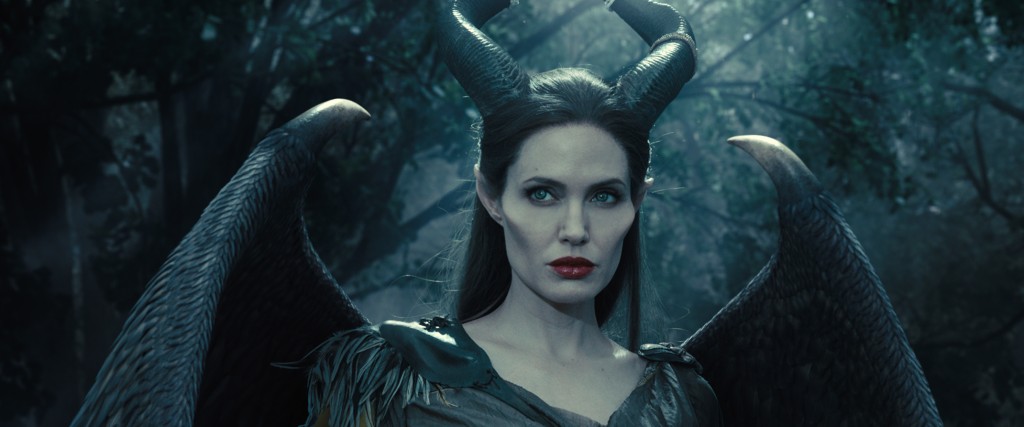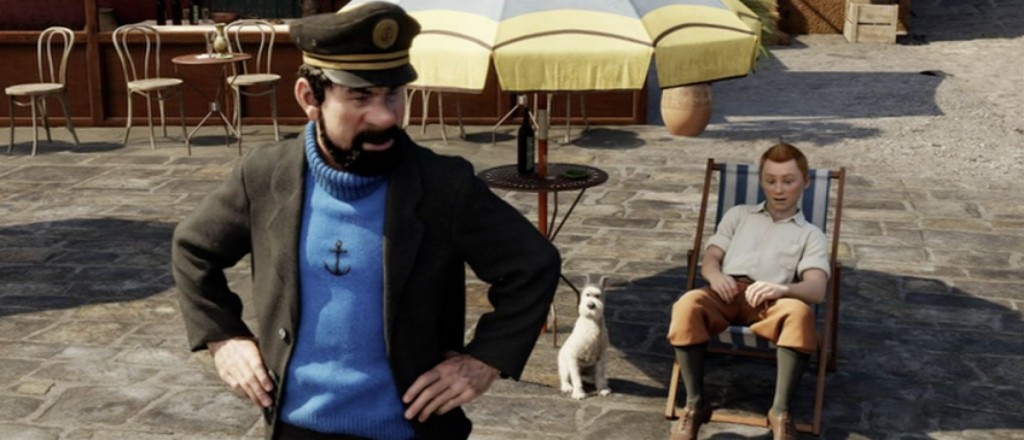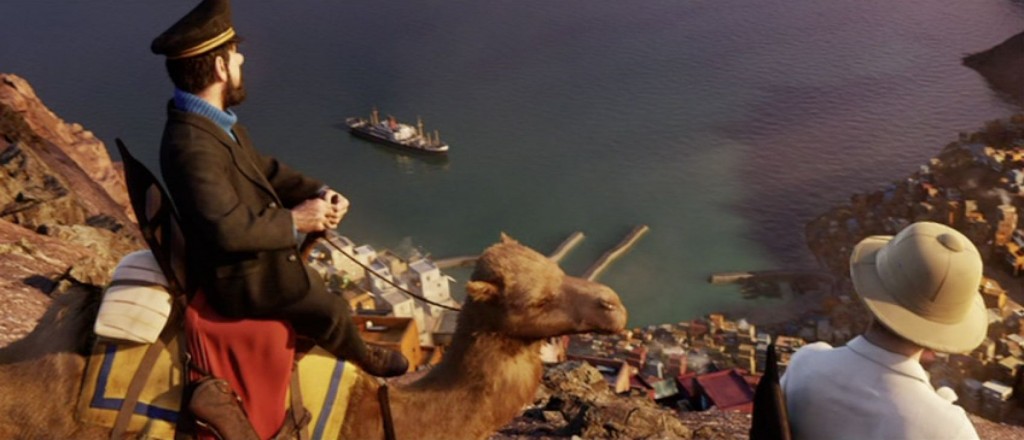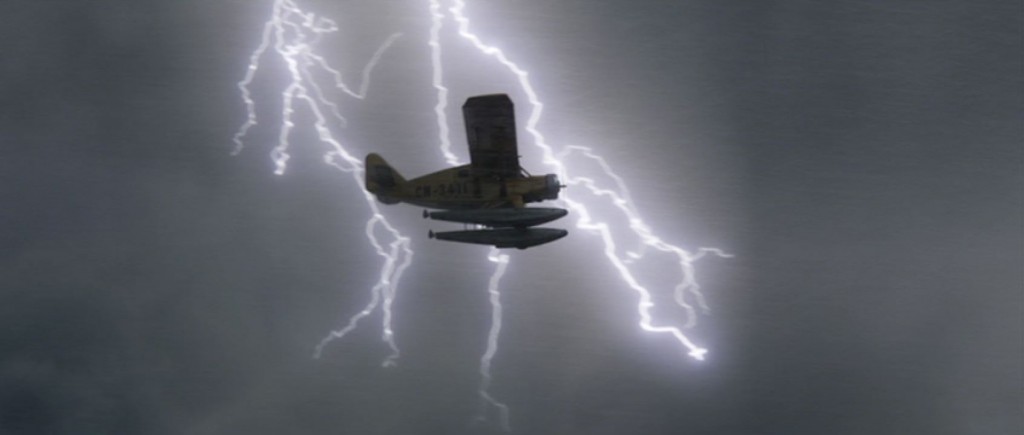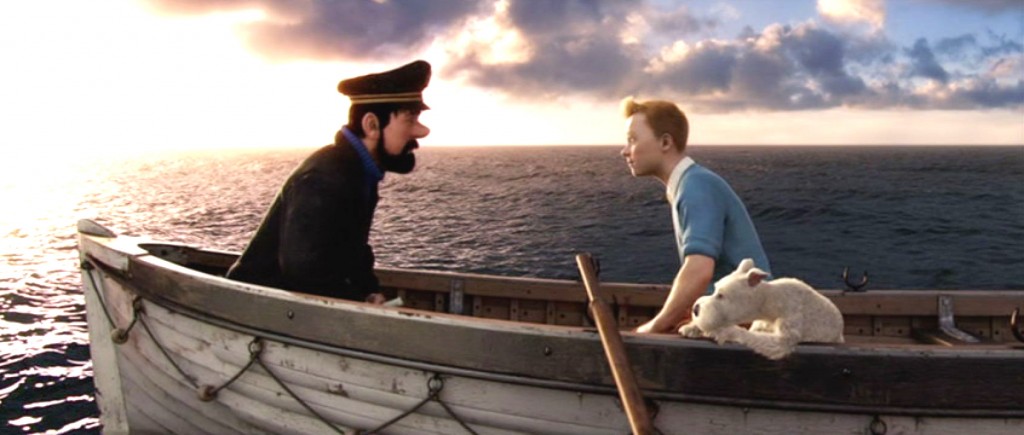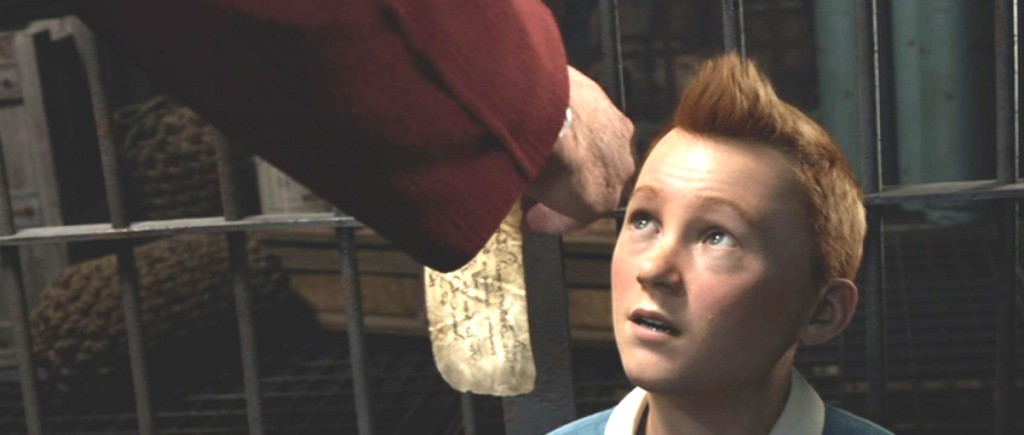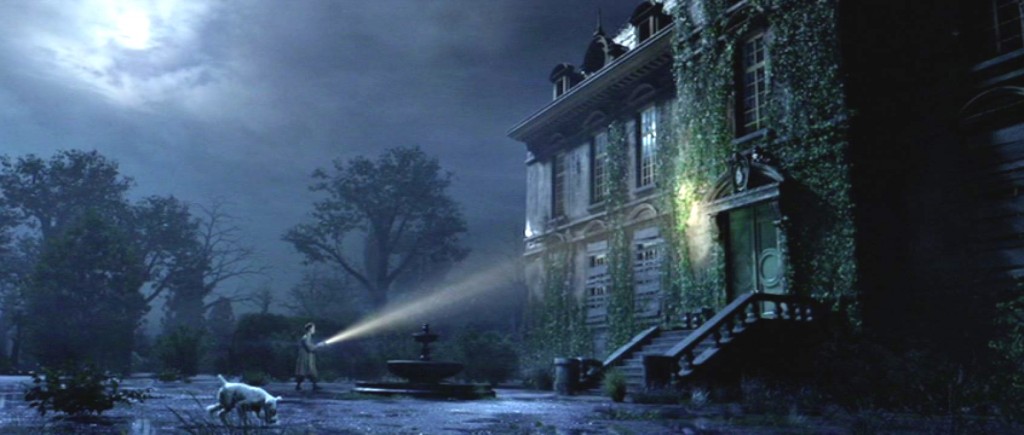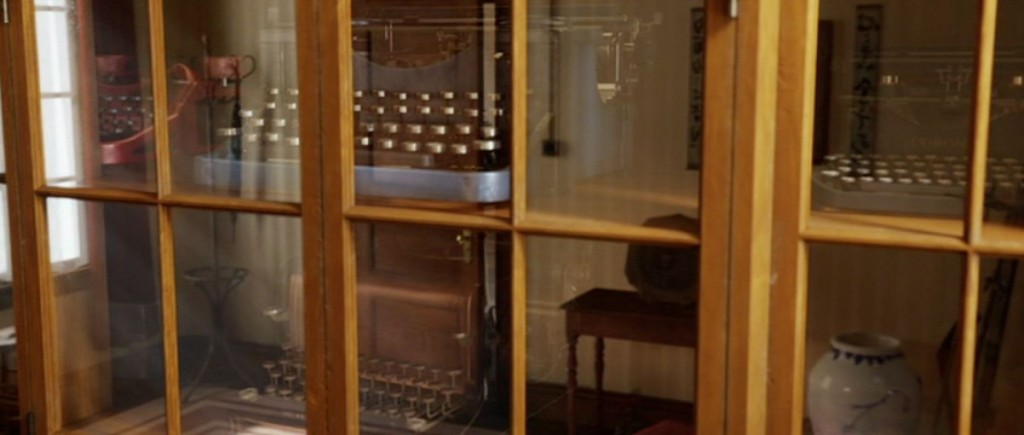Some thoughts on The Lion King
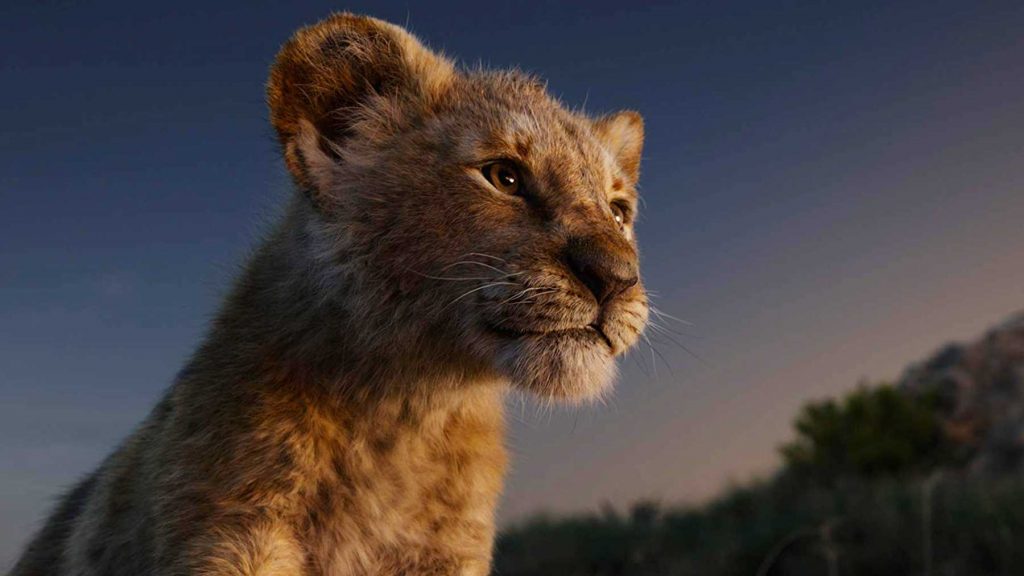
UNPOPULAR OPINION: The Lion King is actually really good.
I was not looking forward to seeing this movie, I wasn’t even particularly interested in it. I had seen the 1994 movie, of course, and had analyzed it in depth when writing Antz in 1996. I’ve seen the Broadway show, which is wonderful. So I’m pretty familiar with the material, I didn’t think it would be necessary to see this new version. But I found myself in Hollywood with a few hours to kill while waiting to pick up my daughter, so I thought, what the hell, I’ll go see The Lion King.
The reviews that I’ve read complain about the characters’ lack of expressiveness and the lack of spectacle in the musical numbers. And yes, the decision to make the animals look, and behave, like real animals, obviates the question of Broadway-style show-stoppers and dancing giraffes.
So the challenge before the director, Jon Favreau, is to match, or top, the energy and beauty of the original movie while keeping one cinematic hand tied behind his back, as it were. And I have to say, he succeeds beautifully.
I didn’t find the characters unexpressive at all. Me, I generally find the performances of animated characters WAY over the top, every emotional i dotted to death, with bugging eyes, smirking mouths, bobbing shoulders and gesticulating hands. And yes, real animals don’t do any of those things. But it is not true that real animals aren’t expressive. Just around our own houses, we find animals expressing themselves in both obvious and subtle ways, fear and excitement and trepidation and boredom and anger, and we have no problem reading their expressions. And so it is here. The Lion King, like the Jungle Book adaptation before it, also directed by Favreau, substitutes the “cartoonish” expressions of its characters with real-life animal expressions, and I found it fascinating, because the characters are SO realistic, and so well-observed, that the design logic — real animals acting out a carefully-contrived script — got under my skin super fast, and I found myself seeing animals, hundreds of animals, thousands of animals, as though I’d never observed them before.
The thing is, there’s a tradition of this in Disney animation. Before Timon and Pumbaa did their vaudeville act, Disney animation, from Bambi to 101 Dalmations, was very much about observing the real motions and behavior of real animals. When you watch Bambi, it’s remarkable how much drama and pathos Disney wrings out of the common behaviors of deer. When you watch Lady and the Tramp, it’s as though Disney is sitting beside you saying “Look, a Cocker Spaniel, have you ever seen anything like it? How awesome is that dog?” The magic of Disney’s classic animated features is that, by putting its animals in their contrived plots, it allows us to see those animals as though we never have before.
And so it is here. When the young Simba takes a hesitant step back from a threatening Scar, we see a real lion cub reacting to a real threat. When Pumbaa sticks a hind hoof in his ear while distractedly answering a question, it’s a real warthog we’re seeing behaving in a real way. Favreau has taken the place of Disney, sitting beside us, saying “Look, a meerkat! How awesome is that?”
And so a “production number” like “I Just Can’t Wait to be King,” while it does not have a pyramid of dancing animals, it DOES have Simba romping through the Savannah, with all the actual, true, real spectacle of all the wildlife there, building and building in its multiplicity and complexity, and, while we don’t get Broadway glitz, we DO get a thrilling, exalting, satisfying spectacle of the actual natural world. It’s a real achievement in moviemaking, and I’m rather baffled that more people haven’t seen it that way.
some thoughts on Maleficent
Many years ago, I was up for the gig writing the movie adaptation of Scott Westerfeld’s wonderful sci-fi (then) trilogy Uglies, Pretties and Specials. I liked the books a lot and the idea, I thought, was a real fire-cracker: a dystopian future, a sci-fi trilogy, with a female protagonist, where each movie in the trilogy would examine the same society from a different point of view. It had never been done before and it was a huge opportunity. The producer who brought me the books was a respected big-budget sci-fi producer, and the project was set up at a genuine big-deal studio. All I needed to do was get a firm handle on how to tell the story and there was no way the project could not move forward.
Snow White: The Missing Scene
Finally, a key scene from Walt Disney’s classic is presented, filling in the missing piece of “the fairest movie of them all.”
Spielberg: The Adventures of Tintin part 8
Tintin and Haddock are at an impasse. Tintin has lost the scrolls and his story, which means, to him, his identity — he is his story. Haddock has lost his ship — again — and thus his connection to his family. Tintin, despondent, is ready to give up, but Haddock bucks him up with what he intends to be a big inspirational speech on the nature of failure. Haddock succeeds, but not in the way he intended — instead, his truncated inspirational speech gives Tintin a practical idea, to track Sakharine by radio. Spielberg builds up a sentimental moment, then sweeps away the sentiment with a nuts-and-bolts answer — Tintin is not about introspection but action.
Spielberg: The Adventures of Tintin part 7
Tintin and Haddock journey by camel to Bagghar, getting there just ahead of Sakharine in the Karaboudjan. Where are we now, in the structure of The Adventures of Tintin? Good question. Timing-wise, the grand transition from Tintin and Haddock in the legionnaire’s camp to them arriving in Bagghar falls at 1:12:00, with 34 minutes left to go in the movie. Given an assumption of acts of equal length, that would make the move to Bagghar a natural move into Act III. But don’t forget, act breaks are not about location or transition, but about the journey of the protagonist. In Act I, Tintin became embroiled in a mystery that led him to be taken aboard the Karaboudjan, an irreversible direction, led to by a choice but not a choice in and of itself (although Tintin would have surely tried to sneak onto the Karaboudjan on his own, given the opportunity). Act II is then divided into three parts, typical of Spielberg: meeting Haddock, travelling with Haddock, and acting with Haddock. The entrance into Bagghar is only the beginning of that third chapter of Act II. And, as we’ll see, the traditional end-of-Act-II low point, where the protagonist has lost everything “but there was one thing he’d forgotten,” comes with a mere 14 minutes left in narrative. All of Tintin is brisk, but that’s super brisk for Spielberg. And yet, it’s not necessarily brisk for animation — many classics, for whatever reason, dating back to Snow White and the Seven Dwarfs, follow what Jeffrey Katzenberg once explained to me as a “10-10-4” structure: 10 beats in Act I, 10 beats to Act II, 4 beats to Act III, Act III being, as Katzenberg described it, “a race to the finish line.”
Spielberg: The Adventures of Tintin part 6
Tintin, obsessed now, steers the plane carrying himself, his dog, Haddock and two bad guys into a storm Haddock calls “that wall of death,” leading to the first of Tintin‘s definitive set pieces, an action beat involving the plane, the storm, a boy pilot, a drunk, a bottle of medicinal alcohol, a sudden desert, a supercharged belch, a crash, an ill-timed parachute and a deadly propeller blade. Definitive because it would have been unstageable in any convincing way outside of 3D computer animation. The entirety of Tintin is gorgeous, but it’s sequences like this (and, to a lesser extent, the chase through the streets with Snowy after Tintin in the crate) where the movie comes into its own. Note as well that the “wall of death” sequence is rooted in character (“We can’t go back” and “I can’t stop drinking”) and, as in any true action sequence, it changes the direction of the story while it’s happening. Tintin and Haddock go into the storm as an obsessed boy and an unwilling coward, but the sequence ends with Tintin awakening Haddock’s courage and Haddock and Snowy rescuing Tintin from certain death — the first time anyone in the movie has shown a lick of responsibility toward anyone else. The principals go into the sequence as a boy, a man and a dog, but the emerge from it a family, that most sacred of institutions in the Spielberg ethos.
Read more
Spielberg: The Adventures of Tintin part 5
Tintin and Haddock have escaped the clutches of Sakharine and are adrift at sea. Tintin takes the moment to sit Haddock down and recite “what we know so far.” There are three models of the Unicorn, therefore three scrolls hidden within them. Sakharine has one, Tintin had one but doesn’t now, and Sakharine is on his way to get the third, from a sultan in Morocco. Sakharine needs Haddock because the legend says “only a True Haddock” can solve the secret of the Unicorn. Haddock, unfortunately, cannot remember anything, due to his alcoholism. (“Legends,” and their close kins “prophecies,” are great for adventure tales. They are always right and inarguable.)
This is a classic mid-movie pivot, not quite an act break, where the plot takes stock of itself and chaos begins to settle into manageable plot. Again, because the movie is meant to welcome youngsters, the mystery is clever but not difficult to solve or even keep track of. Clues are announced and always lead to correct deductions, and if they don’t (as in the case of “Karboudjan“, which was spelt out by the dying Dawes but led to no deductions at all) the plot steps forward to render deduction unnecessary. The pivot here is that the movie begins to become about Haddock. It’s not that it’s no longer about Tintin, because Tintin is still the journalist chasing the story, it’s that Tintin’s goal now becomes “to learn the story of Haddock.” He’s now chasing a story about a story, in the same way that Spielberg is making a movie about chasing a story about a boy chasing a story within a story.
Read more
Spielberg: The Adventures of Tintin part 4
Tintin is captured by some roughnecks and brought to, not the Unicorn but another ship, a modern ship, the Karaboudjan. I was kind of hoping that “Karaboudjan” was an Armenian word for “unicorn” or some other mythological creature, but alas no, it is merely a darkly romantic nonsense word meant to evoke Mideastern intrigue. Since our protagonist has been shoved into a crate for his journey to the Karaboudjan, Spielberg temporarily shifts the narrative’s focus to Tintin’s avatar Snowy, who, in another physical-comedy-laden chase scene, follows the crate to the docks and thence on board the ship.
Tintin is placed in a cage in the ship’s hold and interrogated by Sakharine, who apparently has hired this vessel. Again, Sakharine and Tintin almost see eye to eye, the boy adventurer and the grown-up obsessive. Sakharine has one scroll (from his own Unicorn model), Tintin has lost his (to the pickpocket), Sakharine now needs Tintin (his younger self) to find a third scroll.
Sakharine is Hook to Tintin’s Peter, two sides to the same coin, or the same person on different sides of the hill. The boy who seeks adventure will eventually become a desperate, grasping pirate — unless he never grows up, which is, of course, the secret to Tintin’s enduring popularity: Tintin doesn’t age, doesn’t develop, doesn’t seek out romantic love or family or property. He is always a boy, without responsibility, not even to his dog. He’s without parents, without a childhood even, he seems to have simply emerged into his world as a fully-formed prepubescent asexual teenager, old enough to drive or pilot a plane or shoot a gun, but not old enough to yearn toward permanence. No wonder Spielberg was drawn to him, at his heart Spielberg has always been most comfortable in the role of the 15-year-old boy. He moved past his boyish obsessions and went on to create fully mature works like Schindler’s List and Munich, but you can sense his glee in being able to retreat back into the wholly imaginary world of Tintin: he’s Peter Pan without the tragedy.
Spielberg: The Adventures of Tintin part 3
Tintin comes home from the library, the temple where stories go, like magic idols, to lie dormant until someone can open their secrets again, to find that someone has stolen his model ship. To you or me, that might be the end of it — “Well, it was probably that creepy Sakharine guy,” we’d say, “Jesus, it’s a good thing I wasn’t here, he must be pretty desperate.” But Tintin, as we’ve seen, lives for adventure, even if it’s a boy’s-adventure sort of adventure. That is to say, this kind of adventure, we all know, comes only from certain kinds of books, a literary genre, The Hardy Boys for instance. The character of Tintin is a callback to the past, not a real past but an imaginary past. There was never a time when there really were 15-year-old boys trotting the globe, solving mysteries and writing about their adventures. Sherlock Holmes was based on a real guy, James Bond sprung from a specific geo-political climate, Indiana Jones battles people in a more-or-less historical context, but Tintin is pure fantasy, has always been pure fantasy, and was created as part of a continuum of pure fantasy. Which is another way of saying that Tintin isn’t about a guy, there is no “there” there in Tintin, his vagueness lets the viewer fill him in, Tintin is about stories, and what they mean to us, certainly what they mean to Spielberg. Tintin seeks adventure stories to will his life into being, just as Spielberg did. Tintin has his Unicorn, Spielberg had his shark and his aliens and his Holy Grail.
But I digress. Tintin, his model ship stolen, heads to Marlinspike Hall, a creepy old manse out in the country.
Spielberg: The Adventures of Tintin part 2
Tintin is a writer. Spielberg wants us to remember that — the first thing he shows us in Tintin’s apartment is his typewriter collection. That seems like a really odd choice; Spielberg doesn’t show Tintin’s collection of rare artifacts or model vehicles, Tintin’s main obsession is writing instruments. And we are reminded that Tintin is not just living adventures, he’s writing them as well. Hence the typewriter in the title sequence. One could say Tintin is writing his own life, and, in pursuit of adventure stories to write, writing his life into existence. Maybe that’s why Tintin exists in such a vague space of time and place — like a lot of young men, he exists in a world of his own mind, one without political realities or, for that matter, women and their complications.
